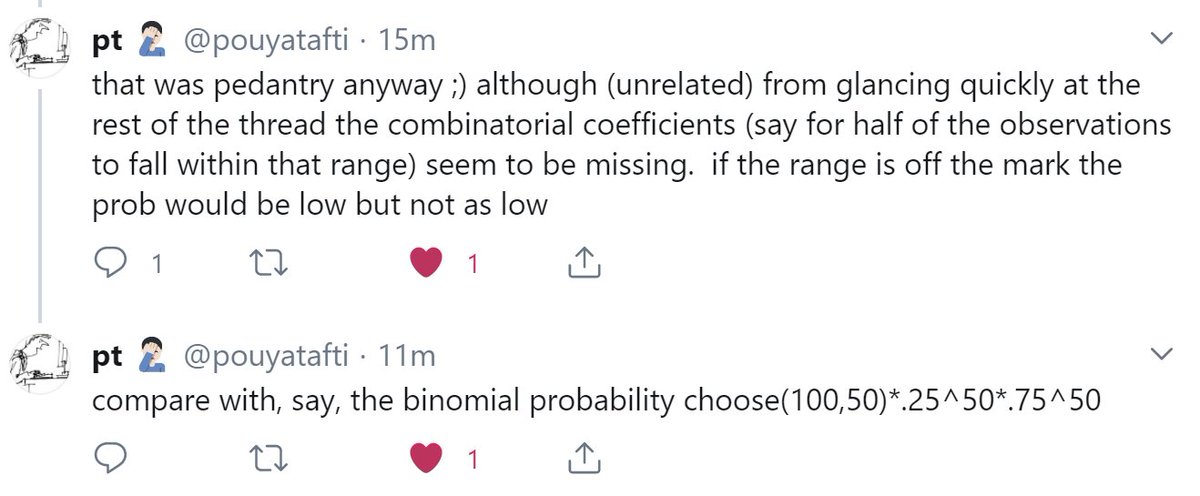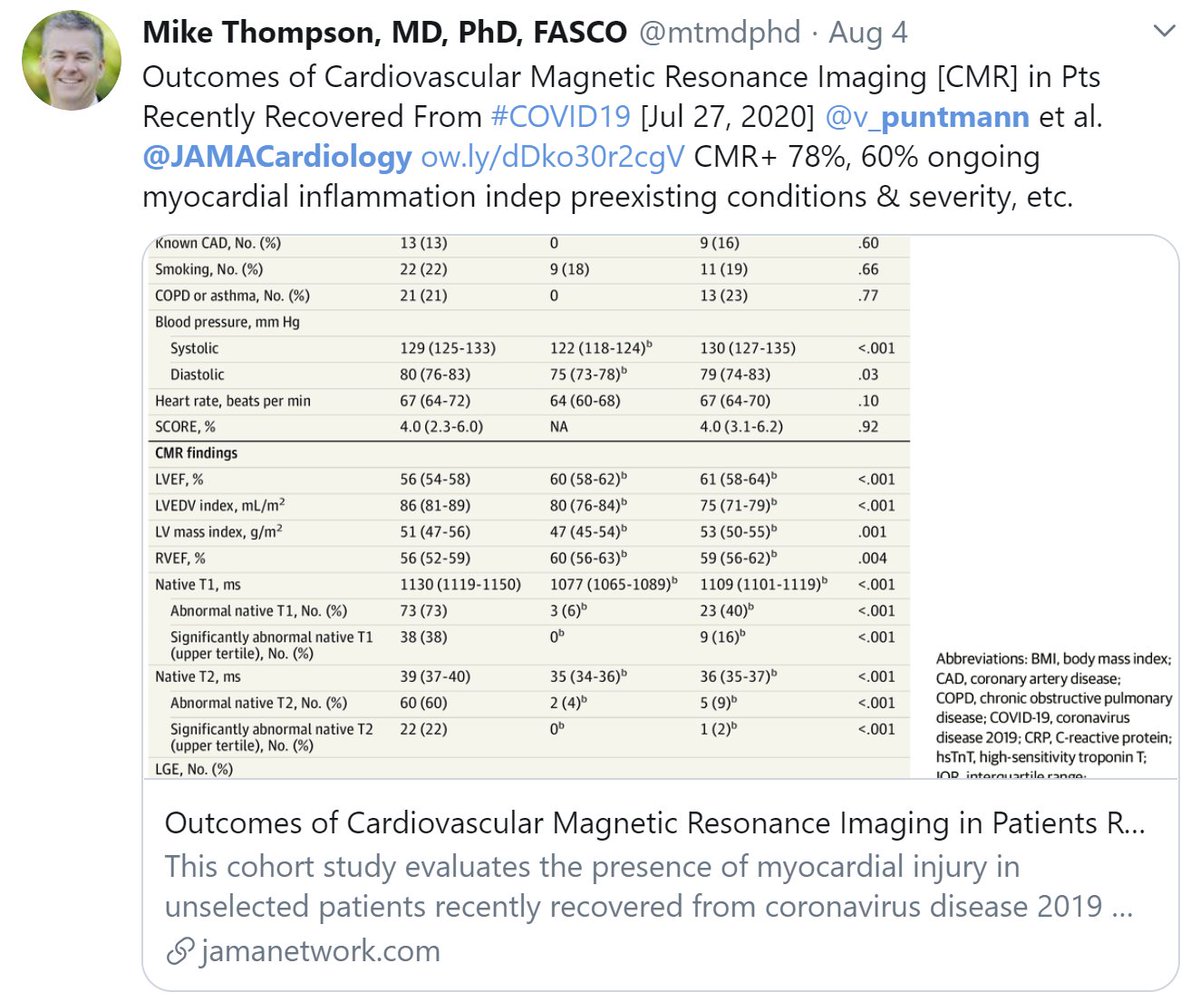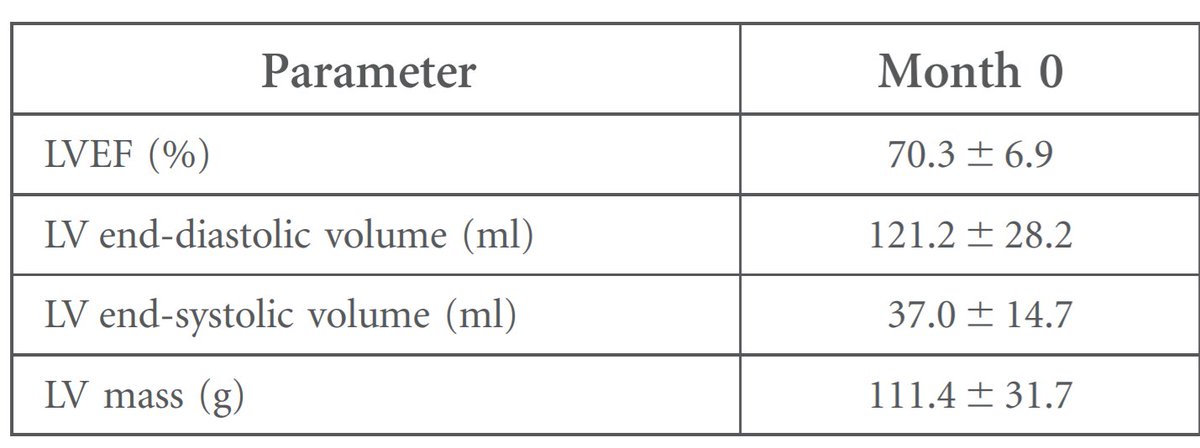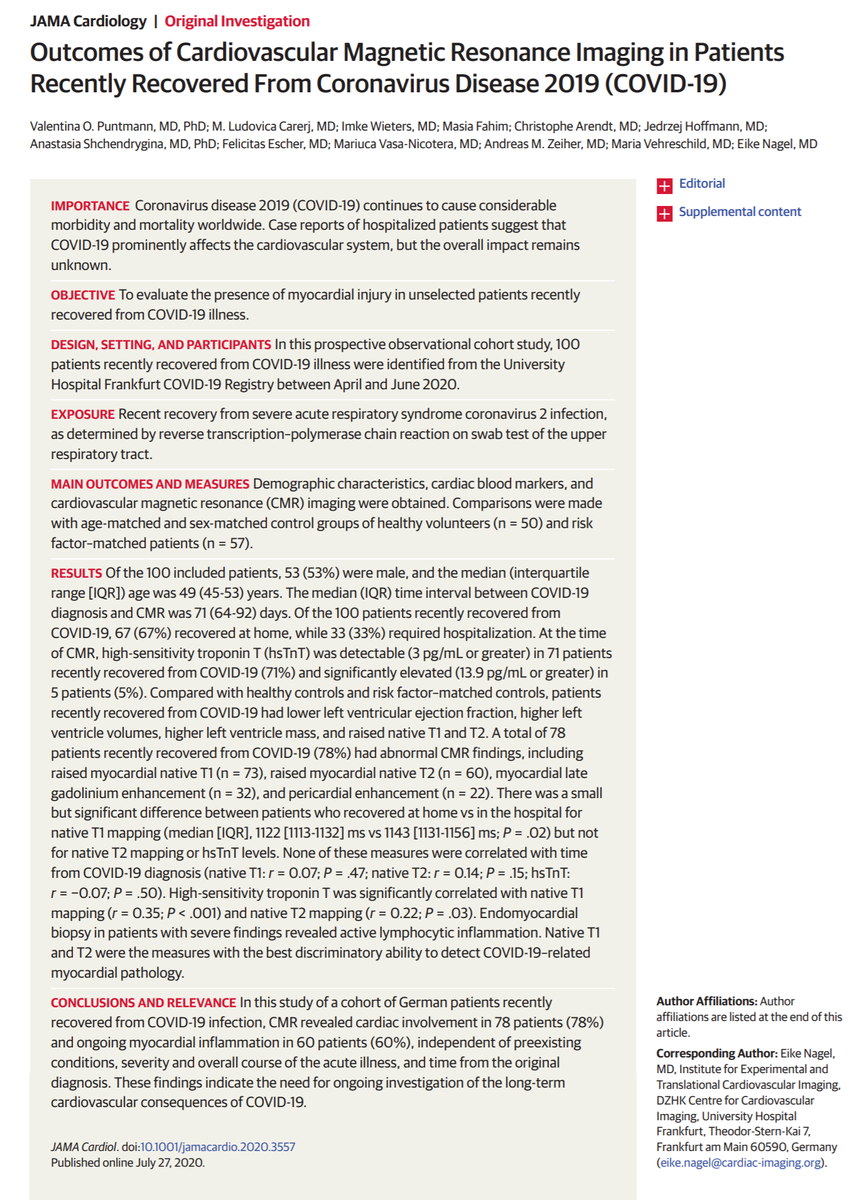That is definitely not a median and interquartile range of EFs.
Right away, dead.
Don't need to read any more.
WITHOUT READING WHAT IS RIGHT IN FRONT OF THEIR FACE
We ourselves, in medicine, can't be bothered to read what we tweet.
Hahaha
The disclaimer should be:
"Retweet doesn't imply that I have even looked at it, never mind approve it!"
I announce that HALF OF ALL THE PEOPLE weight between 70 and 74kg (very very roughly 140 to 148 lbs, for people still in the previous millenium)
Is this plausible?
It is possible, that I am the Queen of Greenland.
Just not _plausible_.
You can calculate the probability of it. Let's do that for fun.
Grab someone off the street at random and measure their EF, what is the probability their EF will be WITHIN 2 UNITS of the mean?
Within 2 SD of the mean, is "about 95%" of the data.
(The latter is why +/-1.96 SE's give you the 95% CI)
Since ±7 EF units is ±1 SD,
Therefore ±2 EF units (which is what we want)
is ±1 how many SD's?
I must have died of Covid and gone to heaven.
(Shame, it means the rectal Ozone didn't work)
On that basis, the area would be:
Of course the 4/21 estimate is a bit low, because the middle bit of the normal distribution is higher than the outside bit.
So let us raise the estimate a bit.
From 4/21 which is under 20%,
To, say, 25%?
drawn from a population which had the most favourable mean, and typical SD (7 units),
having a value within ±2 of the mean,
is about 25%.

An IQR of 4, which is what is described in the JAMA Cardiology paper, therefore implies an SD of about 3.
See the problem?
A very, very, small variance. About 1/5 of what it should be.
is the population variance, squared, times 2/sqrt(N).
The population variance is 49.
Squared is about 2500.
Times 2/sqrt(100) is
So what is the SD of the variance?















